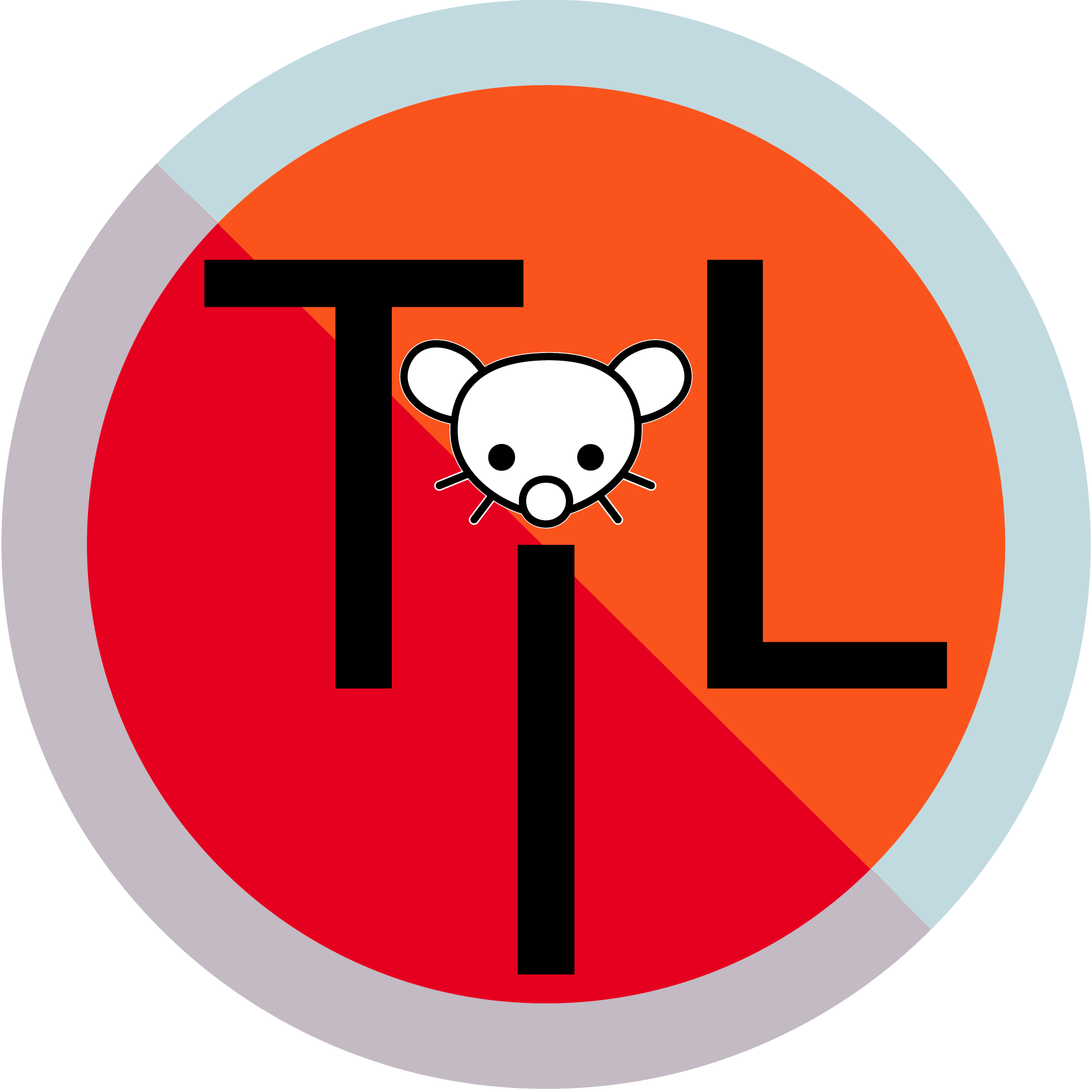

1password


1password


This branch is [72 commits ahead of](https://github.com/AndyFilter/YeetMouse/compare/systemofapwne%3Aleetmouse%3Amaster...master), [4 commitsbehind](https://github.com/AndyFilter/YeetMouse/compare/master...systemofapwne%3Aleetmouse%3Amaster) systemofapwne/leetmouse:master


i bailed on android to join my family on ios, and i hate it. now i cant even go back comfortably. so… linux phones?
 damn, llm readme files really are starting to look alike.
damn, llm readme files really are starting to look alike.
(no shade, all my praonal tooling readmes look the same)


The post is likely referring to a long-standing controversy around Brendan Eich, the founder and CEO of Brave (the browser and search engine company). In 2008, Eich donated $1,000 to support California's Proposition 8, a ballot measure that banned same-sex marriage (later overturned by courts). This came to light in 2014 when he was briefly appointed CEO of Mozilla, leading to widespread backlash from employees, users, and activists who viewed it as anti-LGBTQ+. Eich resigned from Mozilla after just 11 days amid the outcry, expressing regret for causing pain but not fully recanting his views.
Some people, including in the LGBTQ+ community and allies, continue to avoid or criticize Brave on these grounds, seeing it as support for leadership with historically discriminatory stances. This isn't a "new" issue in 2025—it's tied to events from over a decade ago—but it persists in discussions about ethical tech choices. Brave has faced other unrelated controversies (e.g., ad practices), but this one specifically relates to anti-LGBT perceptions.
For more details:
- [Wikipedia on Brendan Eich](https://en.wikipedia.org/wiki/Brendan_Eich)
- [Article on the Mozilla controversy](https://www.osnews.com/story/27646/the-new-mozilla-ceos-political-past-is-imperiling-his-present/)
- [Recent discussion on Brave controversies](https://www.reddit.com/r/browsers/comments/1j1pq7b/list_of_brave_browser_controversies/)
- https://news.ycombinator.com/item?id=43300333
well fuck! brave is the one browser that fits all my needs.


Kagi,brave, startpage, ddg, are good to go. Trump def has dementia


I guess I assumed they’d go off and search on their own…
Here’s a field-friendly primer tying together CivTAK/ATAK, MeshTastic, and HALO—three technologies that often orbit the same conversations about civilian coordination, comms, and mapping.
CivTAK / ATAK
What it is:
Strengths:
Civilian Role: Used by SAR teams, disaster relief groups, event organizers, and outdoor adventurers.
MeshTastic
What it is:
Strengths:
Civilian Role: Hiking groups, neighborhood emergency preparedness, off-road expeditions, community mesh networks.
Connection to ATAK:
HALO
What it is:
Strengths:
Civilian Role: Deployed by NGOs, SAR orgs, and local emergency groups to keep coordination structured.
How They Fit Together
Picture a search-and-rescue mission:
Together, these tools give civilians a command-and-control capability once limited to militaries—but at low cost and with open-source/community-driven energy.
Civilian Ops Tech Primer: Quick Comparison
| Tool | Role | What It Does | Strengths | Typical Use |
| CivTAK / ATAK | Platform (the app/interface) | Android app for real-time maps, team tracking, and collaboration. | Powerful mapping, plugins, works with many networks. | Search & Rescue, disaster response, event coordination, outdoor group safety. |
| MeshTastic | Transport (the radio network) | Open-source mesh radios using LoRa to pass text/position data phone-to-phone via Bluetooth. | Works off-grid, long range, low power, cheap hardware. | Off-grid messaging, team position sync in no-signal areas, neighborhood comms. |
| HALO | Server / Hub | Central TAK server for syncing users, maps, data, and managing persistence. | Acts as “mission control,” supports mixed connections (cell, Wi-Fi, mesh). | NGOs, SAR teams, emergency groups needing a shared source of truth. |
How They Work Together
In practice:


We have a 14 node mesh in our town, I have never met any of the other owners. Wait till you learn about ATAK
This project should be significantly easier to for folks if you add claude code to your stack. cc is an excellent admin, and server manager.